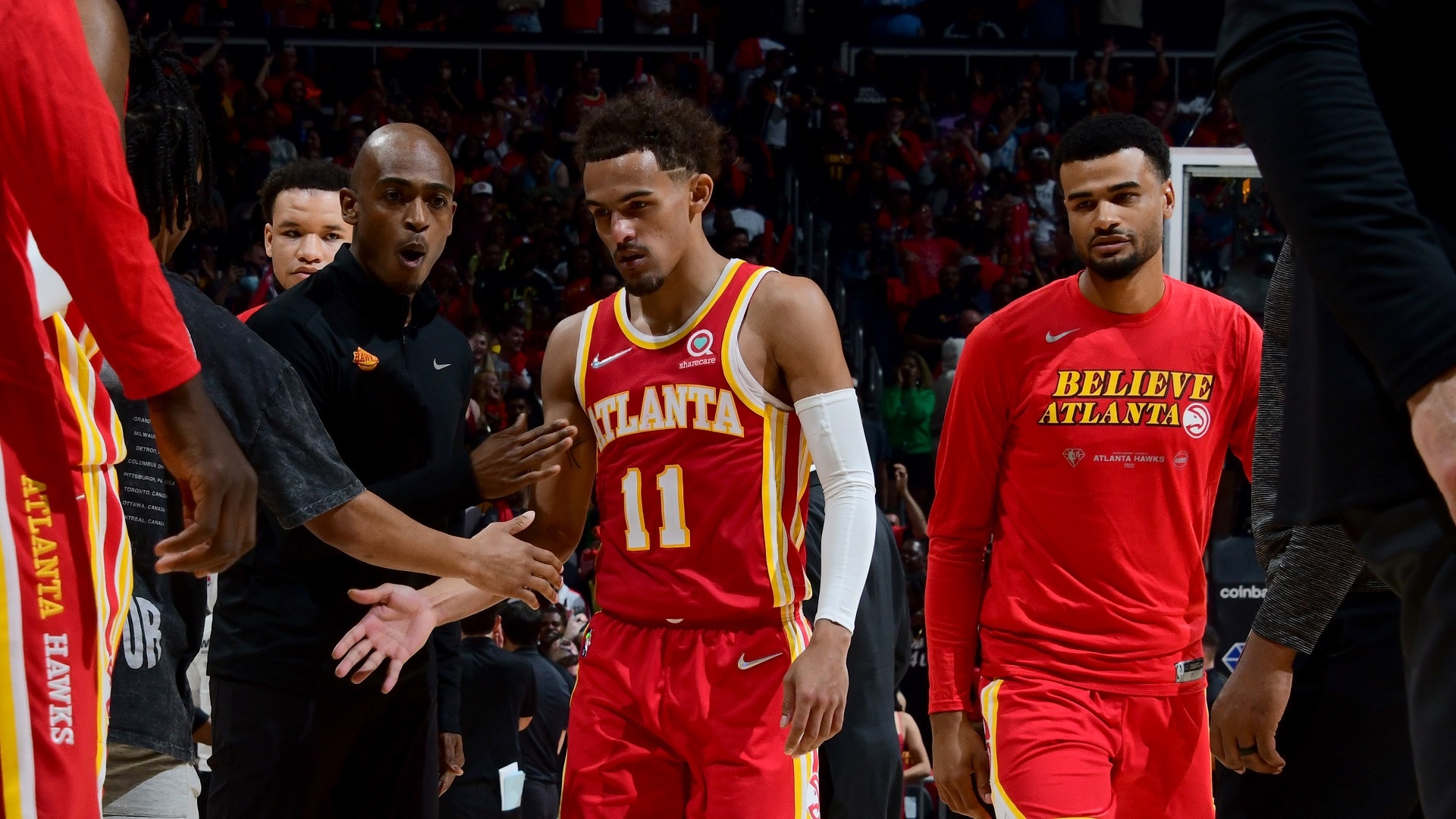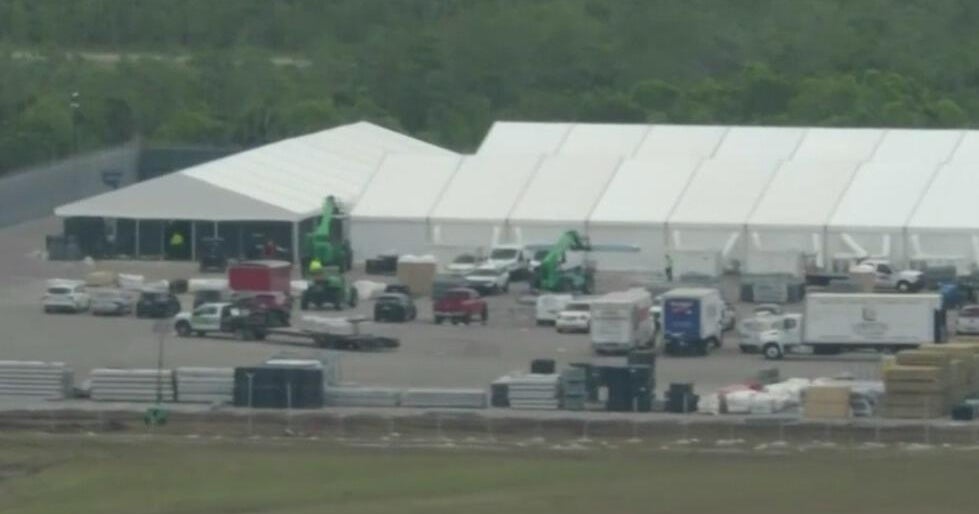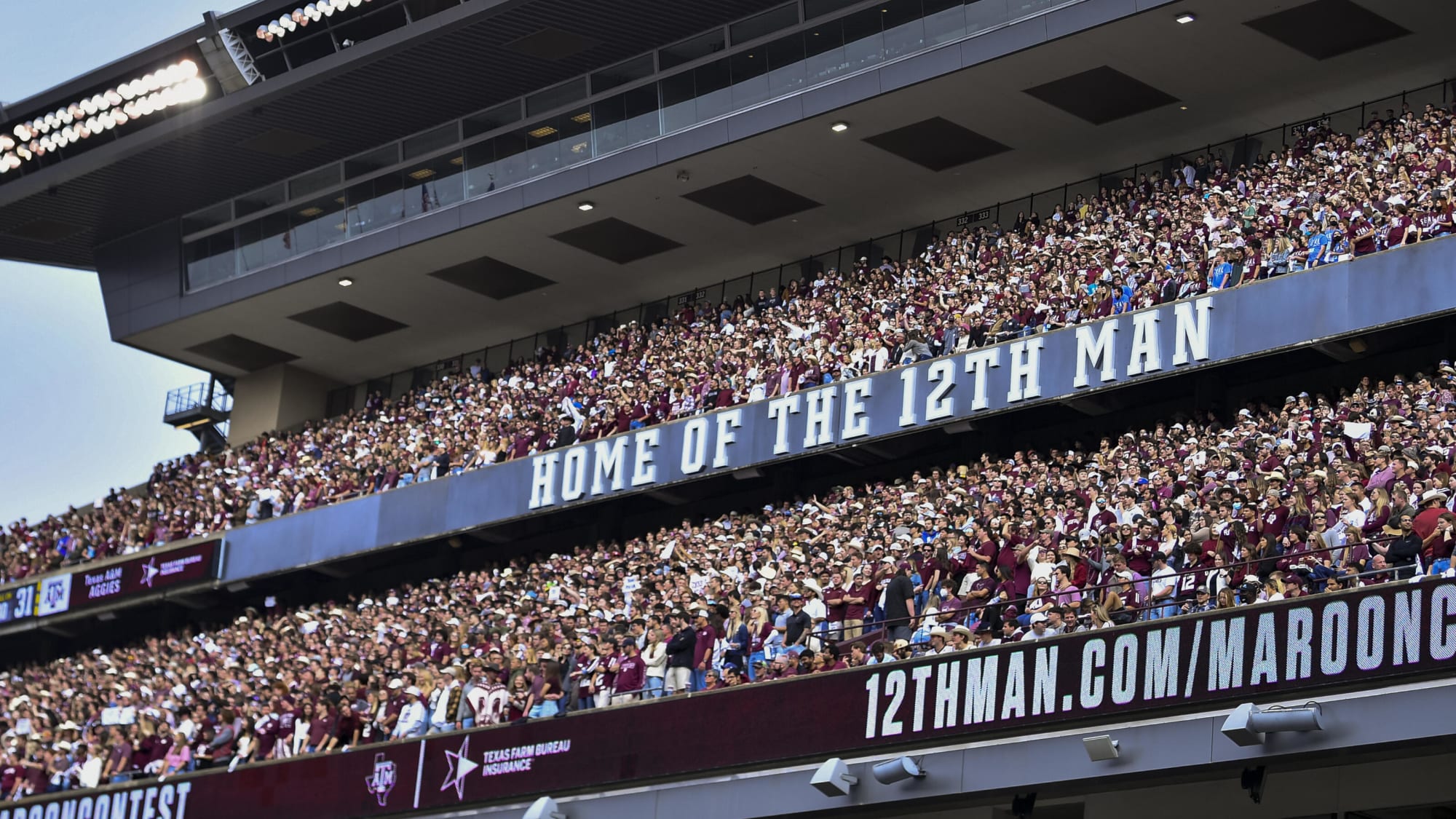5 takeaways from Atlanta’s series-saving comeback over Miami
Trae Young scores 10 points in the 4th — including the game-winner — to engineer one of the biggest comebacks in Hawks playoff history.
Five Takeaways from the choppy, seasick-inducing, back-and-forth Game 3 between the Hawks and Heat that gave us a thriller and now … a series:
1. “Ice” finally heats up
For the first 11.5 quarters of this first-round series, Hawks star Trae Young was thoroughly on defrost. He shot less than 30% overall, a head-scratching 10% from deep, lacked a signature moment, spoke about the task of trying to out-think Heat coach Erik Spoelstra — and then hit Miami with a sucker punch nobody saw coming.
In the final three minutes Friday, he outscored the Heat 10-8, including the eventual game-winner on a 10-foot floater with 4.4 seconds left. Better late than never for Young, who, by comparison, was a totally different player last postseason. If you recall, he became a villain in New York, then caused the bitter breakup between Ben Simmons and the Sixers, then outplayed two-time MVP Giannis Antetekounmpo in Game 1 of the East Finals when he dropped 48 points before being cut down by a freakish ankle injury. Young was one of the league’s postseason billboard faces.
Well: What happened between then and now?
When this series began, Spoelstra seemed determined to trap him constantly and force the ball out of Young’s hands and put other Hawks on the spot, and this worked when Miami took a 2-0 lead and then used a blistering third quarter to go up 11 points in Game 3. Young was flummoxed by then, but as great scorers often do, he found a way, especially when it counts. He only made six baskets all game, but four in the fourth.
In the process, he gave the Hawks hope — and the Heat something more to think about as they reevaluated their plans for him for Game 4. How can they steal the confidence of a player who refuses to lose any?
“I didn’t have any doubt that if I shot it, I wasn’t going to (miss) it,” Young said.
Trae Young is known for his long-range flings, but with Game 3 hanging in the balance he drives for the go-ahead floater with 4.4 seconds left.
2. Jimmy was no Herro
On Miami’s final two possessions, the ball went to Jimmy Butler, and on the surface this seems fine and understandable. Butler, after all, was coming off a 45-point Game 2 and does own a rather thick resume of being good in these moments.
But he misfired both times, on difficult fallaway jumpers that weren’t even close. In that sense, he couldn’t match or top Young.
And in this game, in that situation, maybe the better option was Tyler Herro? The Hawks had nothing for Herro the entire game; he ripped through their defense, scored 24 points on iso plays and was open on both of those final two trips down the floor. But he never got a look.
Given how he was the most dependable player on the roster this season, and certifiably stamped his favorite status for the Sixth Man of the Year award, Herro has earned the right to have a play drawn up for him in tense situations. Also, the Hawks put their best defender, De’Andre Hunter, on Butler for those two final trips — which makes it more confusing why Herro was ignored.
In the larger picture, the Heat need to address their late-game execution. In the final 10 seconds of games in which they were tied or trailing by a few as three points this season, they’re now shooting 1-for-13.
3. Kyle Lowry limps home
Miami played the fourth quarter without Kyle Lowry and you wonder if the Heat’s leadership and direction down the stretch was damaged as a result. Lowry suffered a hamstring injury and while he wouldn’t rule out playing Sunday, those injuries are tricky.
Given how injuries to key players are suddenly flaring up in the playoffs — Khris Middleton, Joel Embiid, Devin Booker, etc. — nothing can be taken for granted. Especially with a 36-year-old point guard who relies on shifty quickness.
In his place, Herro gets the bulk of the run at the point, but Miami really lacks a pure replacement; Gabe Vincent had three turnovers and five missed shots in six attempts in his stint Friday. With Lowry in the treatment room, Miami lacked a dependable ballhandler and decision-maker when it came time to respond to Young’s heroics in the final few minutes.
And so: Everything depends on Lowry’s healing powers over the next 48 hours. If this were the middle of January, he probably wouldn’t play Sunday regardless. And the Heat might lean on the side of caution anyway and take their chances, because they still own a 2-1 lead and any aggravation of a hamstring injury could linger.
4. Nah Capella
The Hawks aren’t exactly in the clear yet; they still must deal with the uncertain status of their starting center, Clint Capela, who suffers from a hyperextended knee.
His knee was to be re-evaluated before Sunday’s Game 4, so the Hawks await word from the medics on that. Meanwhile, they bought themselves some time by winning Game 3, when the Heat and especially Bam Adebayo blew a perfect opportunity to take advantage of his absence.
Here’s what’s weird: Without having to deal with Capela’s defense, Adebayo’s impact was rather tame Friday; he never caused the Hawks any great worry or destruction. Miami didn’t force feed him the ball (he took just nine shots) and he made only one basket in a tight fourth quarter.
Even weirder: Hawks backup center Onyeka Okongwu had a bigger impact down the stretch with seven points in the fourth, not missing a shot. And remember, this was against a player, Adebayo, who was (somewhat justifiably) miffed that he wasn’t a finalist for Kia Defensive Player of the Year.
If Capela returns to the lineup and hurts Miami on pick and rolls with Young, the Heat might regret blowing the chance it had without him.
The Hawks still have plenty of work to do, but their big Game 3 comeback puts them in position to even the series on Sunday.
5. Max player
Duncan Robinson opened the series ballistically by making eight of nine from deep and scoring 27 points in 23 minutes. In the two games since, he has six points total.
This falls in line with his quirky and confusing career path. Robinson came from nowhere to carve out an crucial role in the Miami rotation by sinking 3-pointers and spacing the floor. After back-to-back seasons of shooting 40%-plus from that distance, he was awarded last summer with a five-year, $90 million extension — the largest ever given to an undrafted player.
And then he fell to Earth, struggling with his shot and losing his place in the starting lineup this season to Max Strus who, much like Robinson, came from nowhere to earn his spot. Strus gave Atlanta issues Friday by dropping 20 points and was a key figure in the third quarter (10 points) when Miami hustled back to assume the lead.
So where is this headed? Well, actually, Miami’s in a good spot. Even if Robinson struggles — and he’s virtually unplayable if he can’t hit 3-pointers — there’s someone willing and able to step into that long-distance role. There’s essentially an extra layer of insurance in case one of them turns chilly.
* * *
Shaun Powell has covered the NBA for more than 25 years. You can e-mail him here, find his archive here and follow him on Twitter.
The views on this page do not necessarily reflect the views of the NBA, its clubs or Turner Broadcasting.



